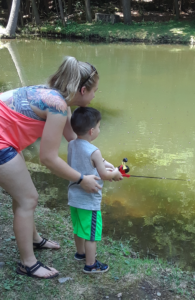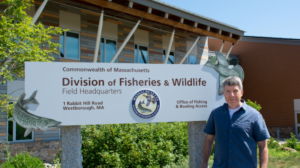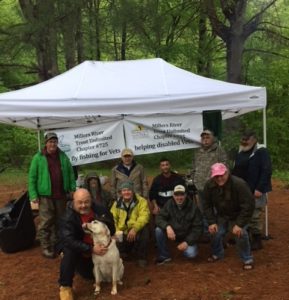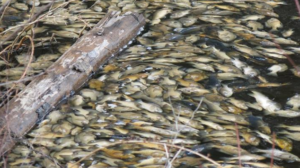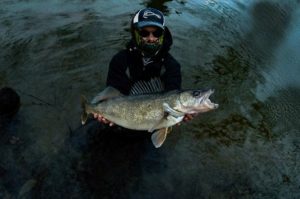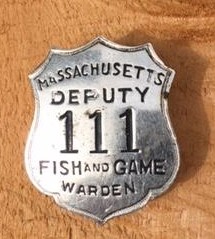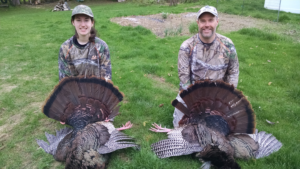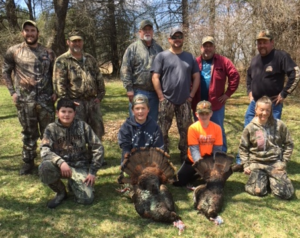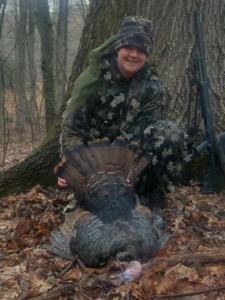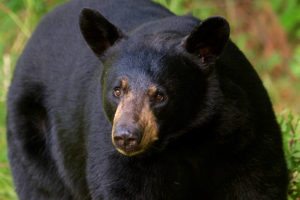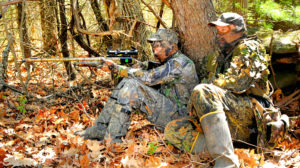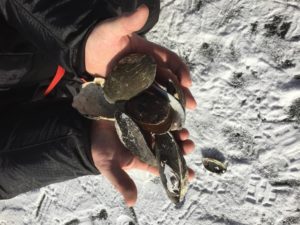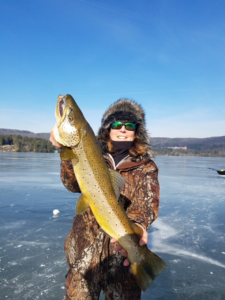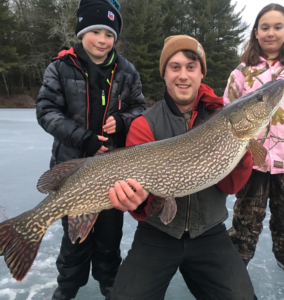The Early Canada Goose season which opens this Tuesday runs until September 21.
This year the September statewide goose bag limit was increased to 15 birds and the possession total was increased to 45. Due to federal requirements for migratory game bird season selections, the Board voted the increase. These totals do not apply during the regular goose hunting seasons which open on October 10 and December 3. There were some other waterfowl hunting changes which will be noted in a future column.
The increase in the daily bag limit from 7 per day last year to this year’s 15 appears quite drastic. Perhaps it was caused by the rapid increase in resident geese which may have placed them in the nuisance category. Goose poop has become a real problem at our beaches, playgrounds, golf courses, etc.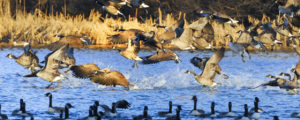
Funny how things change. I am of the age when the only Canada geese one ever saw around here were those large flocks high up in the sky winging their way north in the spring to their summer breeding grounds and then back south in the fall to spend their winter months there. They were massive flocks honking away, sometimes in the middle of the night. There appears to be fewer of them these days.
Although the new total is 15 per day, it is hoped that hunters consume the meat and not just shoot them for the heck of it. Although wild goose meat can be tough, there are decent recipes on how to properly prepare it. Goose hunter Phil Hiser, of Lee, has goose jerky prepared by a meat processor. I have tried it and it is very tasty.
Hunters are advised to check the waterfowl regulations regarding the HIP number, State and Federal waterfowl stamps, non-toxic shot, etc.
This Tuesday also marks the opening of the first black bear hunting season and it runs until September 22. During this season it is legal to hunt with a rifle, handgun, muzzleloader or bow, but not a shotgun. Be sure to check the regulations to see what gun calibers and/or bow draw weights are allowed. There are no hunter orange requirements during the First Season. Hunters must have a hunting or sporting license and a bear permit.
No hunting in any form is allowed on Sundays in Massachusetts.
Young Adult hunting programs
In an effort to get our youth into the outdoors and interested in hunting, MassWildlife has established three special youth hunts. They are the Youth Waterfowl Hunt, Young Adult Pheasant Hunt and the Youth Deer Hunt.
During the Youth Waterfowl Hunt season dates, (September 22 and October 6) only waterfowl hunters ages 12–17 may hunt ducks, coots, mergansers and geese. All youth hunters must be accompanied by a licensed adult hunter with a valid MA waterfowl stamp. Only one firearm is permitted. The adult hunter may not hunt but may carry a firearm only when unloaded and cased. No license or waterfowl stamps are required for Youth Waterfowl season hunters aged 12–14.
A license and MA waterfowl stamp are required for 15-year old hunters. A license, MA waterfowl stamp, and Federal waterfowl stamp is required for Youth Waterfowl season hunters aged 16–17. All other migratory game bird regulations and bag limits apply.
For more information, click onto the MassWildlife web page and go to “Youth Waterfowl Hunt”.
The Massachusetts Young Adult Pheasant Hunt day is a great way for young adults (ages 12-17) to practice firearms safety, develop shooting skills, and join in a pheasant hunt with an experienced hunter in a friendly environment.
The Young Adult Pheasant Hunt Program builds the confidence of young hunters in a safe, friendly environment. You must sign up with any participating club and each club will have a pheasant seminar and a hunt. You don’t need to be a member to participate.
The pheasant seminar course includes hands-on instruction in shotgun shooting fundamentals and firearm safety, how to have a safe and fun hunt, and information on upland hunting basics. During the pheasant hunt, participants get to experience a real pheasant hunt under the supervision of an experienced hunter on one of the six Saturdays prior to the regular pheasant season. Contact the club you are planning on hunting with to see which day they picked for the hunt. 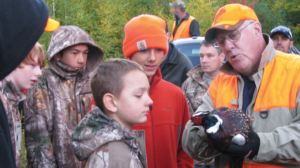
The requirements to participate in the program are as follows: Be between the ages of 12-17, have completed a Basic Hunter Education Course before the day of the hunt. Participants at least 15 years old who wish to use a shotgun must have a Firearms Identification Card (FID).
In order to participate, you must: Make sure you meet all the requirements above, find a club near you to participate with for the seminar and hunt, send in the Participant Application form and complete a MassWildlife Youth Pheasant Seminar.
The local 2018 participating clubs are: Worthington Rod and Gun Club,Contact: Walter Fritz Jr., (413) 238-5841 mail: ridgerdizzaboo@verizon.net; Lee Sportsmen’s Club, Contact: John Polastri, (413) 822-8278 and East Mountain Sportsmen’s Club (Williamstown), Contact: Tom Brule Email: tom.brule@gmail.com.
If you have questions about the program, contact the Youth Hunt Coordinator Astrid Huseby at (508) 389-6305.
The Youth Deer Hunt Day allows youngsters to hunt deer with their own permit. The hunt occurs on a special one-day season before the state’s annual deer hunting seasons (September 29). Shotgun deer season regulations apply during the hunt.
The License and permit requirements are as follows: Children between 12–14 years old must be with a licensed adult and a Youth Deer Permit is required, which can be obtained through MassFishHunt. Youths between 15–17 years old must get a Minor Hunting License and a Youth Deer Permit. You can get your hunting license and Youth Deer Permit at a vendor or online at MassFishHunt beginning August 1.
Young hunters may use shotgun, muzzleloader, or bow and arrow. MassWildlife allows only one hunting tool when an adult accompanies a minor. Accompanying adults may not use any hunting implements. The bag limit is one deer of either sex. The Youth Deer Permit allows either: one antlered deer statewide or one antlerless deer in the Wildlife Management Zone specified on the permit.
All youth hunters and accompanying adults must wear at least 500 square inches of blaze orange on their chest, back, and head. Young hunters must fill out the tag from the Youth Deer Permit and attach it to the deer before moving it. You must report deer harvest within 48 hours.
A youth after my own heart
“While other 16-year old youth may be sleeping late…. not this one”, wrote Pam Ellis of Pittsfield. Her ambitious 16-year old son Billy Ellis rose at 4:45 am to walk the shores and fish on the banks of beautiful Cheshire lake recently. Mind you, she thought he was sleeping, but look what he caught. 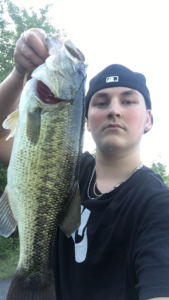
She thought this beautiful fish and ambitious boy were a worthy story as we live in a world where most kids are spending their time on video games and cell phones. She is right.
Nice to see. I didn’t think youths did that any more.

